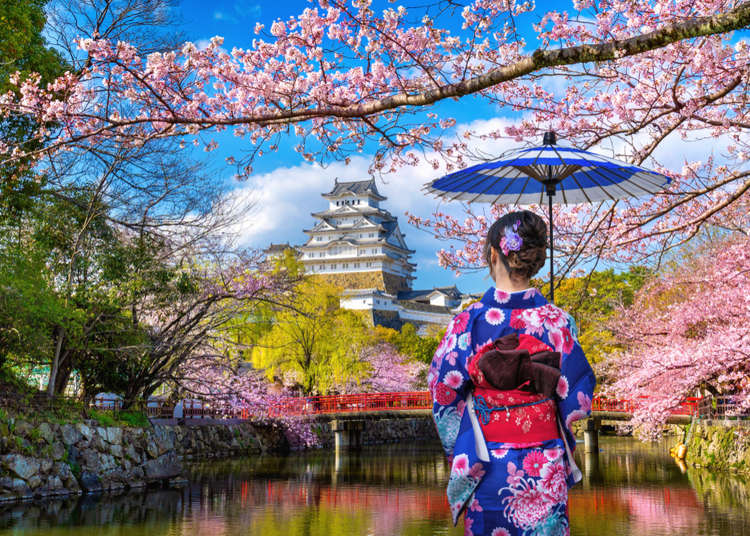
Himeji Castle (姫路城), a national treasure and UNESCO World Heritage Site in Hyogo Prefecture, is one of Japan’s most breathtaking historic sites. Known as the “White Heron Castle” for its elegant white exterior, this 17th-century fortress has stood the test of time. In this guide, we’ll explore its must-see highlights and the serene beauty of Koko-en Garden.
- Table of Contents
-
- Getting to Himeji Castle
- Himeji Castle History
- When do Himeji Castle's cherry blossoms bloom in 2025?
- Himeji Castle Uchibori Moat Boat Tour
- What to see inside Himeji Castle
- Explore the castle with the Himeji Castle Great Discovery AR App!
- Himeji Castle Guide Service
- Go Up In Himeji Castle's Keep To Get a Feel of Its History
- Other Himeji Castle Highlights
- Scenic Koko-en Garden: Looks just like a movie set
- Himeji Castle and Koko-en Garden photos: Many soothing views
Getting to Himeji Castle
Himeji Castle is conveniently located about a 20-minute walk from JR Himeji Station. Perched atop Himeyama Hill, the castle offers a commanding view of the surrounding area, allowing it to historically oversee the activities in the town. Today, it stands as a proud symbol of Himeji City.
- View directions from Tokyo Station
- View directions from Kyoto Station
- Recommended rail passes: Japan Rail Pass, Kansai Railway Pass, JR Kansai WIDE Area Pass
Himeji Castle History

Himeji Castle, designated a UNESCO World Cultural Heritage Site in 1993, holds the distinction of being Japan’s first site to receive this prestigious recognition. It is also a National Treasure and an Important Cultural Property, revered as a masterpiece of Japanese architectural technology.
This historically significant castle is especially notable for its remarkably well-preserved structures, including the Main Keep, turrets, gates, earthen walls, stone walls, and moat. Each element reflects the ingenuity and craftsmanship of ancient Japanese construction, making Himeji Castle one of the finest surviving examples of feudal-era architecture.

The Himeji Castle we see today was completed in 1609 by Terumasa Ikeda, who was married to Tokuhime, the second daughter of Ieyasu Tokugawa.
Despite enduring air raids during the Pacific War, the castle miraculously escaped destruction, preserving its historical integrity. Thanks to ongoing restoration efforts, Himeji Castle has maintained its original grandeur, standing as a timeless symbol of Japan’s architectural and cultural heritage.

The origins of Himeji Castle date back to 1346, during the Northern and Southern Courts period, when warlord Sadanori Akamatsu built a fortification on what is now Himeyama in Himeji. Initially, it was a small fort, far from the grand castle we know today. It wasn't until the Sengoku Period—the turbulent Age of Warring States—that warlord Shigetaka Kuroda expanded it into a proper citadel.
Over the centuries, the castle passed through the hands of various warlords and feudal lords, including Hideyoshi Hashiba (later known as Hideyoshi Toyotomi), who played a key role in its repairs and expansions. Each ruler contributed to strengthening the castle’s stature and defenses, shaping it into the formidable structure it became.
It was under Terumasa Ikeda that Himeji Castle took on its most iconic form, completed in 1609. Even after the feudal era, it continued to be maintained by successive lords through the Meiji Period. With a history spanning over 670 years, Himeji Castle stands as a testament to Japan’s feudal legacy.
History enthusiasts may recognize the name Shigetaka Kuroda, as he was the grandfather of Kanbei Kuroda, the renowned strategist and vassal of Hideyoshi Toyotomi, often referred to as "Strategist Kanbei."

Today, Himeji Castle is more than just an architectural masterpiece—it’s also a beloved setting for historical television dramas, particularly those featuring Kanbei Kuroda, a key figure in the castle’s history.
Interestingly, Kanbei Kuroda was born at Himeji Castle and played a pivotal role in its fate. As Hideyoshi Toyotomi’s trusted strategist, he oversaw the transfer of the castle to Hideyoshi during the campaign against the Mori clan. One of the lasting remnants of this era is the stone wall on the east side of the castle, built under Kanbei’s supervision by Hideyoshi’s command. Known as the "Stone Wall of Kanbei," this structure is a must-see for history enthusiasts.
The castle is also famous for its connection to Lady Sen, the granddaughter of Ieyasu Tokugawa and Oichi, who was celebrated as the most beautiful woman of the Age of Warring States. Her presence in Himeji Castle’s history adds to its intrigue, particularly for those fascinated by Japan’s noble families.
With its frequent appearances in historical dramas, Himeji Castle continues to serve as a striking backdrop, bringing to life the feudal era’s legendary figures and events.

Beyond its rich history, Himeji Castle is also revered for its breathtaking beauty. Nicknamed Shirasagi-jō, or "White Heron Castle," its elegant design is said to resemble a graceful heron with outstretched wings.
The castle’s brilliantly white walls, combined with the intricate craftsmanship of its Main Keep and three smaller towers, set it apart from other Japanese castles. Its majestic silhouette and harmonious design make it one of the most visually striking castles in Japan, earning it a reputation as an architectural masterpiece.

In its lush natural setting, Himeji Castle shows itself in different ways throughout the four seasons.
In spring, Himeji Castle's cherry blossoms are serene and radiant; lush green leaves mark summer. Himeji Castle in autumn is characterized by the changing colors of the leaves. And Himeji Castle in winter is mantled in snow.
When do Himeji Castle's cherry blossoms bloom in 2025?
According to the official cherry blossom forecast, Himeji Castle's cherry blossoms are forecast to bloom around April 2, 2025 and peak around April 9, 2025.
Himeji Castle Uchibori Moat Boat Tour
Only one of Himeji Castle’s three original moats remains intact today—the inner moat. On Saturdays, Sundays, and public holidays, you can enjoy a 30-minute boat ride along the moat for 1,500 yen. There are typically 10 rides per day. To access the moat ride, first pass through Hishi Gate.

Even those not interested in history or castles will find a Himeji Castle tour well worth it. If you are going to go for a walk, then a walk through Himeji Castle, with its beautiful scenery, will certainly refresh you.
What to see inside Himeji Castle
Up to now we have given you some general information about Himeji Castle and now we will tell you about what there is to see inside the castle.

Beyond its striking presence, Himeji Castle boasts expansive grounds, with the moat-enclosed enceinte spanning 23 hectares. About half of this area is now a public park with free access, while the northern section, home to the Main Keep, requires an admission fee.
So far, the views we've explored have been from the free-access areas, offering a stunning glimpse of the castle’s grandeur. But to truly appreciate its architectural brilliance and rich history, it’s time to step inside and experience it up close.
- Adults (18 and older)
- 1,000 yen (tax incl.) (*From March 1, 2026, entry fee will increase to 2,500 yen for nonresidents of Himeji)
- Children (elementary through high school ages)
- 300 yen (tax incl.)

As you enter Himeji Castle, a gentle slope leads to Hishi no Mon (Water Chestnut Gate), the largest gate in the complex. This Yagura Mon (barbican) showcases the Azuchi-Momoyama period architectural style (1568–1600).
Beyond Hishi no Mon, you'll encounter several other gates, including the I Gate and Ro Gate, named after letters in the Japanese alphabet, adding a unique linguistic layer to their historical and architectural significance.

Hishi no Mon, the largest gate in the castle, is very imposing.

After passing through the gate, you will see the Nishinomaru, or Western Keep, on your left. As you continue, further back on the right, you'll find the inner citadel and the donjon.

Even after entering the castle grounds, the journey to the Main Keep is long and strategic. Along the way, you'll pass through numerous barbicans, gates, and stone walls, each designed to give defenders an advantage over attackers. These fortifications not only hold historical significance but also provide a fascinating look at samurai-era defensive strategies.
Our first recommendation for exploring the inner grounds is to take in the scenery. The intricate architecture and natural beauty of Himeji Castle are best experienced in person, where you can truly appreciate their grandeur and detail.

Himeji Castle is often used as the setting for many TV programs and movies. Everywhere within the castle the vestiges of its rich history are amply evident.

Of course, the centerpiece of Himeji Castle is its Keeps, with the Main Keep standing out as the most striking. This towering structure rises 31.5 meters, perched on a 14.85-meter stone base, which itself rests atop a 45.6-meter knoll. Altogether, this design elevates the Main Keep to an impressive 92 meters, ensuring that no matter where you stand within the castle grounds, you’ll find yourself looking up in awe at its grandeur.

When looking for the perfect viewpoint to capture Himeji Castle’s Main Keep, remember that its appearance shifts subtly depending on your location within the grounds. Exploring different angles and perspectives will help you find the most captivating shot.
To give you an idea, I’ve selected three standout viewpoints that beautifully highlight the Main Keep. Here’s the one I ranked third among my personal favorites.

The third-ranked view was captured near I no Mon Gate, located just beyond Hishi no Mon (Water Chestnut Gate) at the entrance. After passing through I no Mon, take a slight right, and you'll be greeted with this stunning perspective of the Main Keep.
Now, let’s move on to my second favorite viewpoint.

My second favorite viewpoint offers a commanding view of the Main Keep from Bizen Maru (Bizen Keep). Originally part of the inner citadel, this area once housed the residence of Terumasa Ikeda, the castle lord. Positioned right beside the Main Keep, it played a vital role in the castle’s layout until it was lost to fire in 1882, leaving behind a spacious open area.
From here, you get a direct, unobstructed view that highlights the Main Keep’s imposing presence and architectural brilliance. This spot truly allows you to feel the historical significance and power of Himeji Castle.
Now, let’s move on to my top-ranked viewpoint.

This is a view from a different angle.

This is the perfect spot to get a photo of “The Castle.” It definitely conveys the beauty of the White Egret Castle.
And my favorite location was...

The Western Keep Garden is another exceptional viewpoint within Himeji Castle, offering a unique and picturesque perspective. Historically, this area served multiple important functions—it was home to Lady Sen’s cosmetic turret and was known as the Warriors’ Gathering Place, where samurai assembled before heading into battle.
Today, it has been transformed into a beautifully maintained Japanese garden, featuring pine trees, flowering azaleas, and a variety of lush greenery. The view of the Keeps beyond the garden is truly breathtaking, creating a striking contrast between the serene, cultivated landscape and the imposing grandeur of the castle’s architecture.

Please keep in mind that this ranking is based entirely on my own interests. To begin with, it really is not possible to rank the superiority of the landscapes. Nevertheless, I highly recommend the view of the Keeps from the Western Keep and hope you will, too.
Explore the castle with the Himeji Castle Great Discovery AR App!
You can greatly increase the pleasure of your visit to Himeji Castle by using the special "Himeji Castle Great Discovery AR App" as you walk around.

This amazing application uses cutting-edge AR and CG technology and was specially made to make walking around Himeji Castle even more enjoyable.
The first thing you need to do is download and install the app on your own device (smartphone, tablet, etc.).

Once you have done that, when you point your device at this mark on signboards set up throughout the castle, a video explanation will be shown.
The Ha no Mon South Earthen Wall is an example of one of these AR points.

The walls of Himeji Castle feature many small openings known as "sama" or embrasures. These strategic gaps allowed the castle's defenders to fire rifles and other weapons at enemies attempting to storm the castle, providing a crucial defensive advantage.
When you point your device at the signboard here...

The scene of a warrior firing a rifle through an embrasure will suddenly appear on the screen of your device as though you had just taken a photo of it. It is just like a VTR being played in front of your very eyes.
Those familiar with such modern technology will immediately recognize that it provides a video commentary of the scene being viewed, but that is not all. It provides other surprises as well, but I’ll forgo explaining in detail what these are so as not to spoil the surprises later.

In addition to learning trivia about Himeji Castle, with this app you can also collect little monsters and have your photo taken with them, like in a similar popular game application.

This app is really useful when you are walking inside the castle because it also has a function that shows your current location and AR points on a map of the inside of the castle. I recommend you try to get all the AR points during your walk around the castle, just as though you were on a walking rally. This is definitely a good way to increase the enjoyment while walking around the castle.
Himeji Castle Guide Service

For those looking to dive deeper into the history and secrets of Himeji Castle, you can hire a local castle enthusiast as a personal guide for 2,000 yen per guide (tax included).
These knowledgeable Himeji Castle guides not only share fascinating historical insights but also weave in humorous anecdotes, making your visit even more engaging.
You can request a guide on the same day at the Silver Tour Guide Reception near the entrance. However, availability is not guaranteed, as guides may be assisting other visitors. To ensure a spot, it's best to make a reservation in advance.
Go Up In Himeji Castle's Keep To Get a Feel of Its History
Now, let’s explore the fascinating exhibits housed within the Keeps of Himeji Castle. While the exterior offers breathtaking views, stepping inside the Main Keep and the turrets of the Western Keep provides a deeper appreciation of the castle’s architectural ingenuity and historical significance.
The Main Keep, constructed by Terumasa Ikeda, is among the most impressive features of the castle. It showcases a construction style known as coalition towers, where the Main Keep is connected to three subsidiary Keeps via roofed passageways. Visitors can enter the Main Keep and climb to the top floor, offering a unique perspective on Himeji Castle’s intricate design and commanding presence.

The Keeps of Himeji Castle underwent major preservation and repair work from 2010 to 2015, reopening to the public after extensive restoration. Today, visitors can once again experience their historic and architectural splendor.
Due to the castle’s high popularity, management occasionally issues numbered tickets to control crowd levels, especially on busy days, capping the number of visitors at 15,000.
If you plan to explore inside the Keeps, it's best to arrive early and check the crowd situation to secure entry and avoid peak hours. Once inside, be sure to follow the designated tour route to fully appreciate the castle’s remarkable interior.




Now let’s move on to the Main Keep. The Main Keep of Himeji Castle is a 7-story structure having five levels. Externally the Keep appears to have five floors, but in fact it has six floors above ground and one basement.

Check out each floor as you make your way to the top. Himeji City can be seen in the distance.

The higher up one goes in the Main Keep, the steeper the stairs become. Finally we arrive at the top.

The view from the observation deck of the Main Keep in Himeji Castle truly is magnificent. From this vantage point, you can enjoy sweeping views of Himeji City, providing a unique perspective on the surrounding landscape from one of Japan's most historic sites.
An interesting feature of Himeji Castle's architecture is the adornment of its roofs with shachihoko, mythical creatures believed to be guardians of the castle. These figures, typically depicted as part fish and part tiger, are thought to protect the castle from fire. Traditionally, a pair of shachihoko—one male and one female—is used, but uniquely, both shachihoko at Himeji Castle are female.

The reason behind both shachihoko at Himeji Castle being female is indeed a bit unexpected. Since the Edo Period, the castle has undergone periodic restorations, with each phase attempting to preserve or restore its original elements. Shachihoko are particularly fragile and have often needed replacement during these restoration efforts.
During a restoration in the Showa era, only the female shachihoko remained intact enough to serve as a model for reconstruction. Consequently, both shachihoko were crafted as female to match this surviving model. While this outcome is somewhat disappointing, it adds a unique chapter to the castle's long history of preservation and restoration.
Other Himeji Castle Highlights
So far we have covered three many areas of interest, but there are still others so here we will give you a digest of those highlights yet to be mentioned.
The first is the Western Keep.

![▲ Western Keep Chokyoku [Women’s Quarters] (Long Connecting Corridor)](https://rimage.gnst.jp/livejapan.com/public/article/detail/a/20/00/a2000058/img/en/a2000058_parts_5d31235518ee7.jpg?20250219100800&q=80)
It is also possible to tour the inside of this building. The impressive long corridor. This is one of the more beautiful spots in Himeji Castle.


There are all sorts of very interesting displays and similar devices throughout the Keeps. I think anyone interested in Lady Sen will find the Western Keep especially interesting.

As you continue exploring Himeji Castle, you'll come across Ni no Mon Gate, located in the central part of the castle. A particularly intriguing detail here is the Cruciform Tile, a cross-shaped marking on one of the roof tiles. This symbol is rumored to be linked to Kanbei Kuroda, who was known to be a Christian. While historians debate the connection—some see it as a direct link, while others dismiss it—the presence of this subtle yet mysterious detail adds another layer of personal history to the castle’s architecture.
The stone walls of Himeji Castle are equally fascinating. Over the centuries, the castle underwent multiple expansions, with each phase reflecting the construction techniques of its era. As a result, the walls showcase a variety of stonework styles, providing a visual history of the castle’s evolution.
One particularly notable stone is the Ubagaishi, or "Old Woman’s Stone." According to legend, an elderly woman who made rice cakes donated her stone mortar to Hideyoshi Toyotomi, who was struggling to gather enough stones for the castle’s construction. This story serves as a reminder of the communal effort behind Himeji Castle’s creation, embedding rich historical narratives into its very foundations.

Every corner of Himeji Castle reveals something new, making it a must-visit destination for those who appreciate scenic beauty, architectural brilliance, and rich history. As a UNESCO World Heritage Site, it stands as a proud symbol of Japan’s cultural legacy, offering an unforgettable experience to all who visit.
Easily accessible from Osaka and Kobe—just an hour by car or train—Himeji makes for a perfect addition to any Kansai travel itinerary. Whether you're exploring historic landmarks or enjoying the region’s modern attractions, a visit to Himeji Castle will deepen your appreciation of Japanese heritage and provide a truly memorable sightseeing experience. So when planning your trip to Kansai, be sure to include this iconic and majestic landmark!
Special Experience: Expert-led Private Night Tour of Himeji Castle, World Heritage Site and National Treasure

On this exclusive private night tour of Himeji Castle, you’ll experience this UNESCO World Heritage Site and National Treasure of Japan like never before, guided by an expert researcher. A private car ensures seamless transportation to and from the castle, adding to the luxury and convenience of the experience.
Begin your evening with a welcome drink in the elegant Geihinkan guest quarters, setting the stage for a truly special visit. Your guide will then lead you on an exclusive tour, granting access to areas of the castle normally off-limits to the public.
After the tour, unwind with a light meal or a selection of sweets from a local restaurant or confectioner. To cap off the night, enjoy an unparalleled up-close view of the illuminated Himeji Castle, a breathtaking spectacle that most visitors can only admire from afar.
-

-
Address
68, Honmachi, Himeji-shi, Hyogo, 670-0012
View Map -
Nearest Station
Himeji Station (JR Kobe Line / JR Kishin Line / JR San-yo Line / JR Bantan Line)
20 minutes on foot
- Phone Number 079-285-1146
-
Address
68, Honmachi, Himeji-shi, Hyogo, 670-0012
Scenic Koko-en Garden: Looks just like a movie set
When you visit Himeji Castle be sure to also visit Koko-en Garden on the site of the lord’s west residence.

Koko-en Garden is a Japanese-style garden built on land where once samurai homes were located on the west side of Himeji Castle. This is a beautiful scenic spot comprised of nine gardens separated by fences that makes full use of the remnants of mansions and passageways uncovered during archaeological excavations.

Admission fees to the garden are adults (18 and older) 300 yen, children (elementary through high school ages) 150 yen; both include tax).
The admission fee grants you access to all 9 gardens on this sprawling 3.5-hectare site.
What’s more, if you purchase the joint admission ticket for Himeji Castle and Koko-en Garden that costs 1,040 yen for adults (18 and older) and 360 yen for students (tax included), the admission fee to the garden for an adult amounts to only 40 yen! This is a real bargain! If you visit Himeji Castle you really must visit the gardens, too.

Don’t underestimate the attractions of the garden because of the low admission price. Koko-en was constructed in the architectural style of the Edo period and contains reproductions of gates, walls, even long corridors, as well as beautiful gardens, all in traditional and harmonious styles designed to give pleasure. All combine to provide superb landscapes.

Koko-en Garden has been used in the period films Rurouni Kenshin and Ooku as well as many TV programs such as Mito Komon, Ooka Echizen, and The Unfettered Shogun. When you see these gorgeous gardens you will easily understand why so many renowned movies and TV programs were filmed here.

This attention to detail in this well-maintained garden is splendid.

The change of seasons and even different hours of the day give the gardens a rich variety of expressions.

This is the view from the mansion called Choonsai that was built to face in the best direction for admiring the harvest moon.
This shows the view when it is verdant, and when autumn comes to Himeji Castle...

Voila! Every autumn the park hours are extended when the garden is illuminated. The illuminated autumn leaves are really something you should see in person.


In addition to the Kassui-ken, where you can enjoy a leisurely meal while admiring the garden, also in Koko-en Garden is the Sojuan tea ceremony room where you can enjoy seasonal Japanese sweets with matcha tea.



I enjoyed the experience. Unaccustomed to sitting formally like this, my legs went numb while I was drinking the tea.
The matcha had a rich, bitter flavor that I found delightfully stimulating. While enjoying the gentle flavor of the tea relaxing in this room, experiencing the atmosphere of this authentic tea ceremony room I felt invigorated. You can really feel the spirit of Japan at such a moment.

Anyone who enters the park is invited to enjoy an authentic Japanese tea ceremony in Sojuan. And for those who find the formal way of sitting a bit difficult, it is OK to sit otherwise and leisurely enjoy the view of the garden while having the tea. Be sure to take time to stroll around the garden, too.
Koko-en Garden is a place where you can feel the traditional beauty of Japan in a rich, natural setting. There are many more wonderful sights to be seen, but we did not have space to mention them here. For those who are interested, here are some additional photographs, but if you have the chance, I recommend you pay the place a visit.
-
Koko-en Garden姫路城西御屋敷跡庭園「好古園」
- Address 68 Honmachi, Himeji City, Hyogo
- Phone Number 079-289-4120
・Hours: 9 AM–5 PM (Park closes at 4:30 PM)
・Admission: Adults (18 and older) 310 yen; Children (elementary through high school) 150 yen (tax included)
・Closed: December 29–30
Himeji Castle and Koko-en Garden photos: Many soothing views
Here are more photos of Himeji Castle and Koko-en Garden that were not included in the article.














Text by: Advision
- Area
- Category
*Prices and options mentioned are subject to change.
*Unless stated otherwise, all prices include tax.
Popular Tours & Activitiess
Recommended places for you
-
Goods
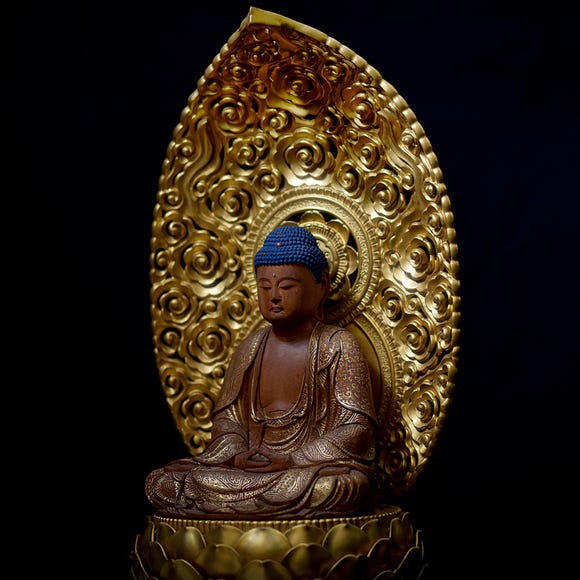
Yoshida Gennojo-Roho Kyoto Buddhist Altars
Gift Shops
Nijo Castle, Kyoto Imperial Palace
-
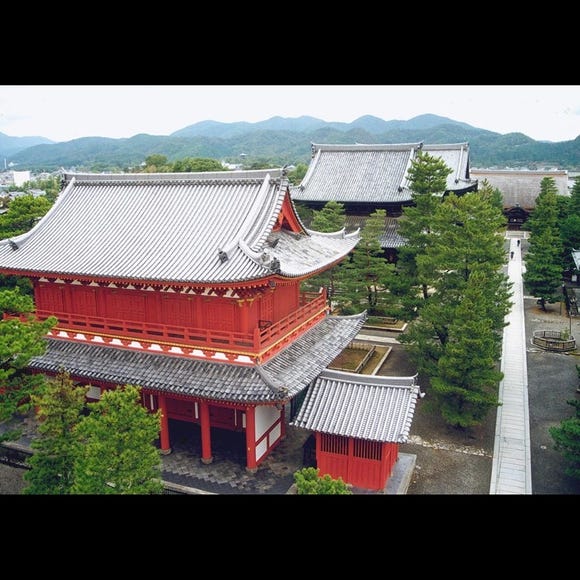
Myoshin-ji Temple
Temples
Arashiyama, Uzumasa
-

ISHIDAYA Hanare
Yakiniku
Kobe, Sannomiya, Kitano
-

Kambei Sannomiyahonten
Yakiniku
Kobe, Sannomiya, Kitano
-

Kanzenkoshitsuyakinikutabehodai Gyugyu Paradise Sannomiya
Yakiniku
Kobe, Sannomiya, Kitano
-

Jukuseiniku-to Namamottsuarera Nikubaru Italian Nikutaria Sannomiya
Izakaya
Kobe, Sannomiya, Kitano
-

Celebrate a Dreamy Barbapapa Christmas at JR Osaka Station's Twilight
by: Guest Contributor
-
Ad

Discover Timeless Beauty: Kimono-en, a Web Magazine Exploring the Spirit of Kimono
-
Ad

Experiencing Manga as Culture, Not Just Reading It: Expo 2025 with Rumiko Takahashi
-

Curious About Sake? I Visited a Sake Brewery in Japan and Here's What I Learned
-

November Events in Kansai: Fun Festivals, Food, and Things to Do in Kyoto & Osaka
-

Everything You Need to Know About teamLab Biovortex Kyoto (2025 Insider Guide)
by: Wemmy Chau
Inspiration for Accommodations
-

Spacious Family Hotel in Namba: 20 Comfortable Stays for Family Fun
-
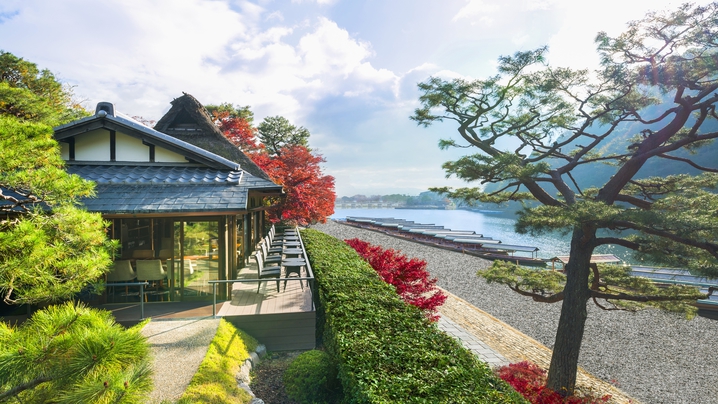
Charming Hotels to Enjoy the Spectacular Views of Arashiyama's Autumn Leaves from Your Room
-

Experience Stunning Views of Osaka Castle from Private Spaces: Top Hotels Near Osaka Castle
-
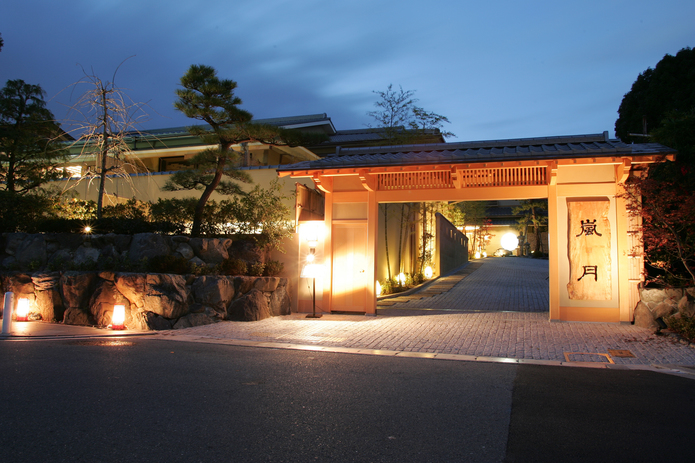
Recommended by Visitors! Arashiyama's Best-Rated Hotels
-

Family-Friendly Universal Studios Japan Hotel with Excellent Access
-
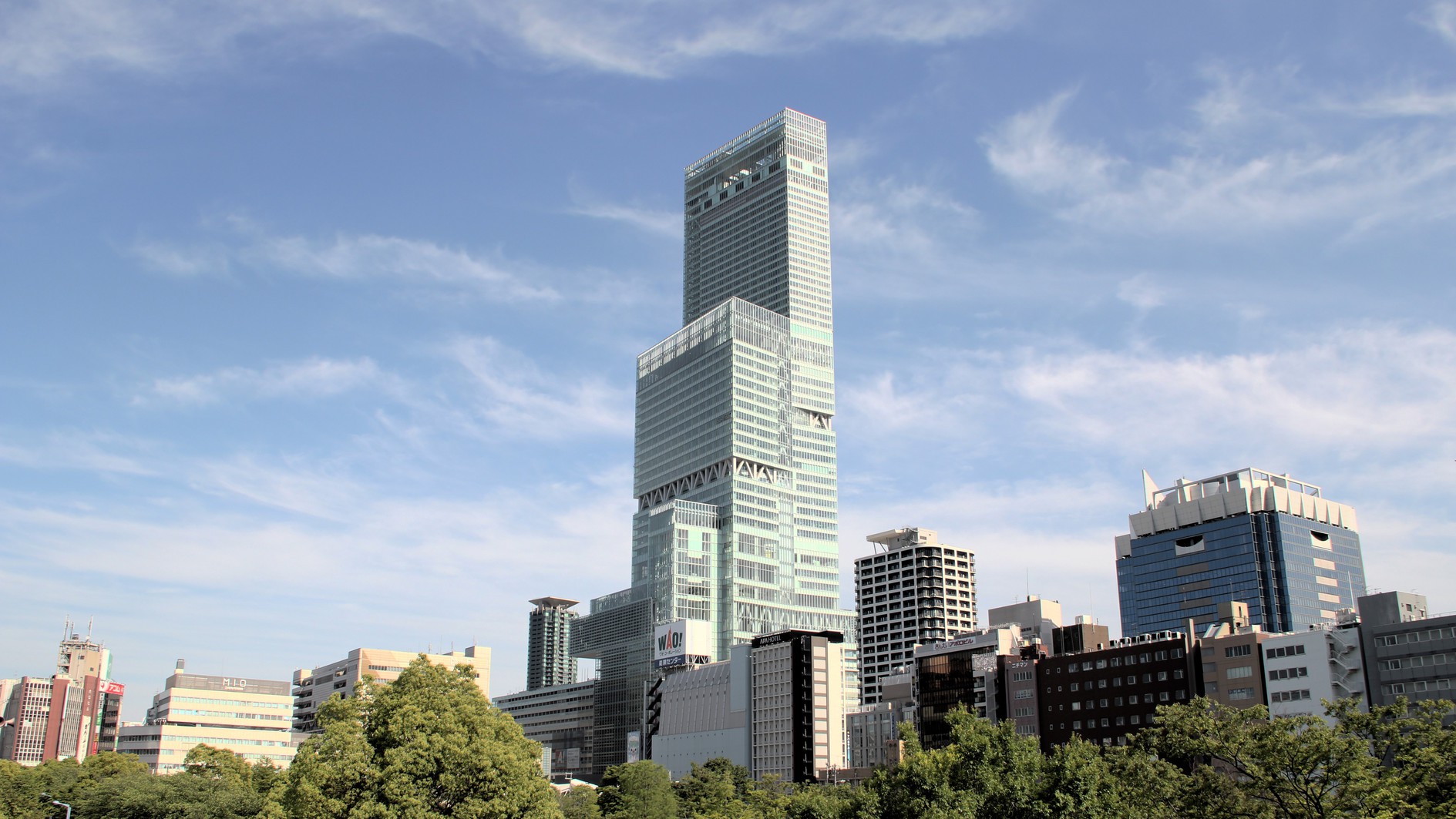
Enjoy a Comfortable Stay in Osaka! 10 Hotels with Convenient Airport Shuttle Services
-

Top 10 Recommended Hotels Near Namba Station with Great Access
-
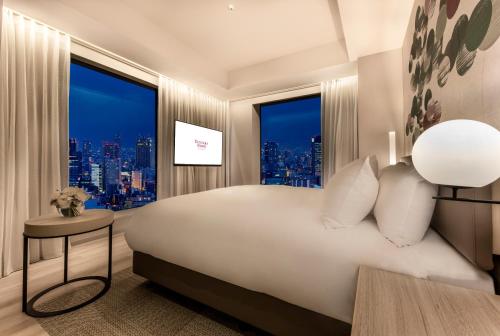
Enjoy Night Views from Your Room! Recommended Hotels in Namba Area
-

Osaka Travel Service Center: So Many Incredibly Convenient Services - in English!
by: WESTPLAN
-

The Best of Japan: 11 Major Cities Every Traveler Should Visit
-

Explore Autumn in Hyogo Prefecture: Two-Day Road Trip to See Stunning Foliage and Top Attractions
by: Hide
-

Dining in Kyoto: Best Restaurants for Kaiseki, Sushi, Cafes & More
-

Hoshinoya Kyoto: This Incredible Japanese Hotel Welcomes You By Boat on a Sakura-Filled River
-

Inside Kyoto's Spectacular Sanjusangen-do Temple with 1,000 Gold Statues
- #best gourmet Osaka
- #things to do Osaka
- #what to do in kyoto
- #what to bring to japan
- #best gourmet Kyoto
- #new years in Osaka
- #what to buy in nanba
- #Visiting Osaka
- #onsen tattoo friendly arima
- #daiso
- #Visiting Kyoto
- #best japanese soft drinks
- #japanese fashion culture
- #japanese convenience store snacks
- #japanese nail trends















